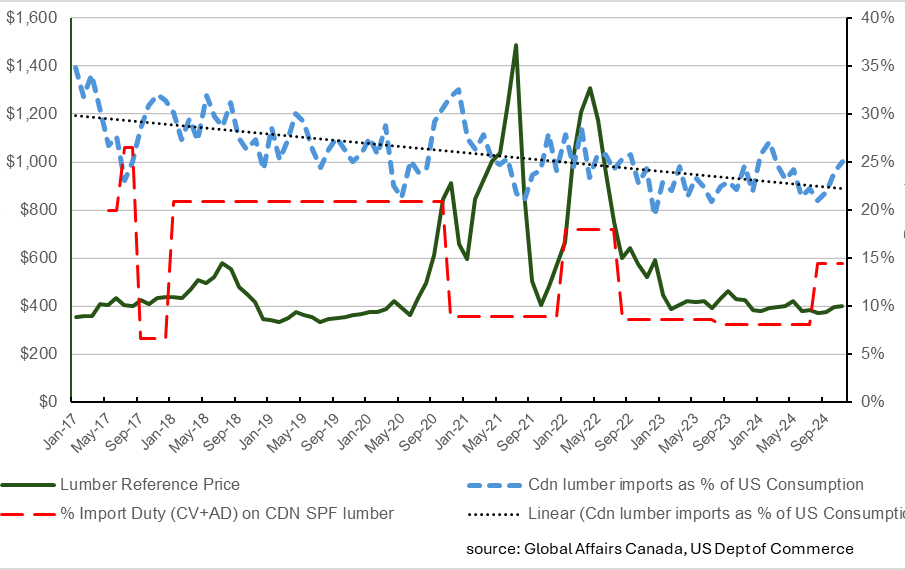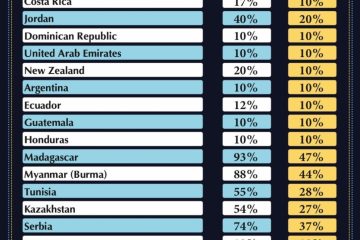Understanding Lumber Tariffs in Canada: Impacts and Implications

Introduction
Lumber tariffs in Canada have become a pressing issue that significantly affects the construction industry, economic growth, and consumer prices. As trade relations between Canada and the United States continue to evolve, understanding the implications of these tariffs is crucial for homeowners, builders, and policymakers alike. The ongoing changes in lumber pricing and availability can greatly influence housing markets and the broader economy.
The Current State of Lumber Tariffs
In May 2021, the U.S. imposed a tariff of 18.32% on Canadian softwood lumber, reflecting concerns about subsidization and unfair trade practices. This decision was met with strong criticism from the Canadian government, which argues that Canadian lumber is produced under fair pricing mechanisms. Despite a long history of lumber exports from Canada to the U.S., tariffs have fluctuated, creating instability in both markets.
Effects on the Construction Industry
With lumber being one of the main components of construction, these tariffs have led to a significant increase in the cost of building materials. According to the Canadian Home Builders’ Association, the cost of a new home could increase by tens of thousands of dollars due to higher lumber prices. This situation poses challenges for builders and developers who are already grappling with increased demand for housing in the wake of population growth and low-interest rates.
Responses from Canada
The Canadian government has actively fought against these tariffs, seeking various measures to mitigate their impact. The dispute has escalated to legal proceedings under the North American Free Trade Agreement (NAFTA). Moreover, several Canadian provinces are aiming to diversify their export markets for lumber products, reducing dependency on the U.S. market during these turbulent times.
Conclusion and Future Outlook
The ongoing lumber tariff situation highlights the complexities of international trade and its direct impact on the Canadian economy. With recent discussions indicating potential negotiations to resolve these disputes, stakeholders are hopeful for a reduction or elimination of tariffs. However, the uncertainty surrounding these trade relations may persist in the short term, influencing construction costs and housing affordability. As the market adjusts, consumers and industry professionals must stay informed to navigate the challenges posed by lumber tariffs effectively.








